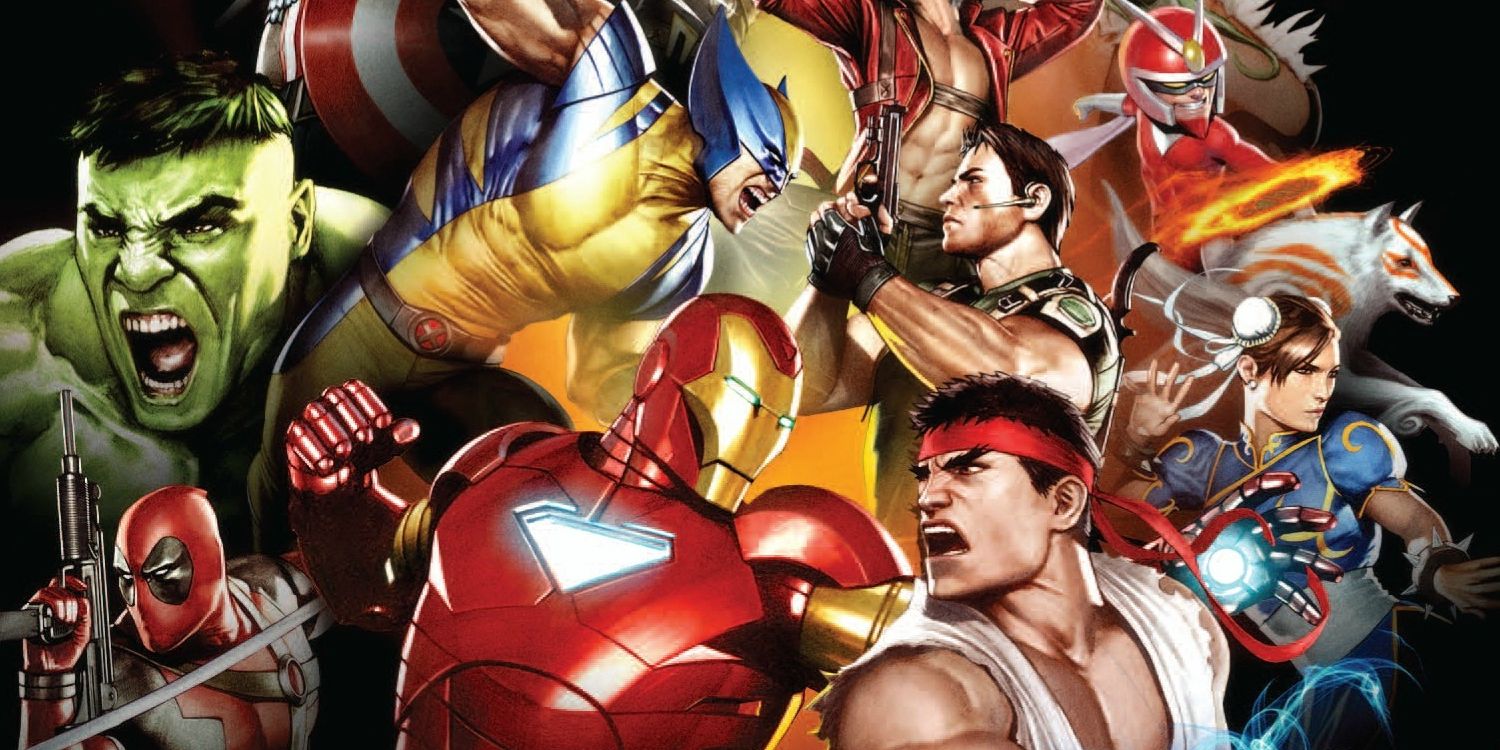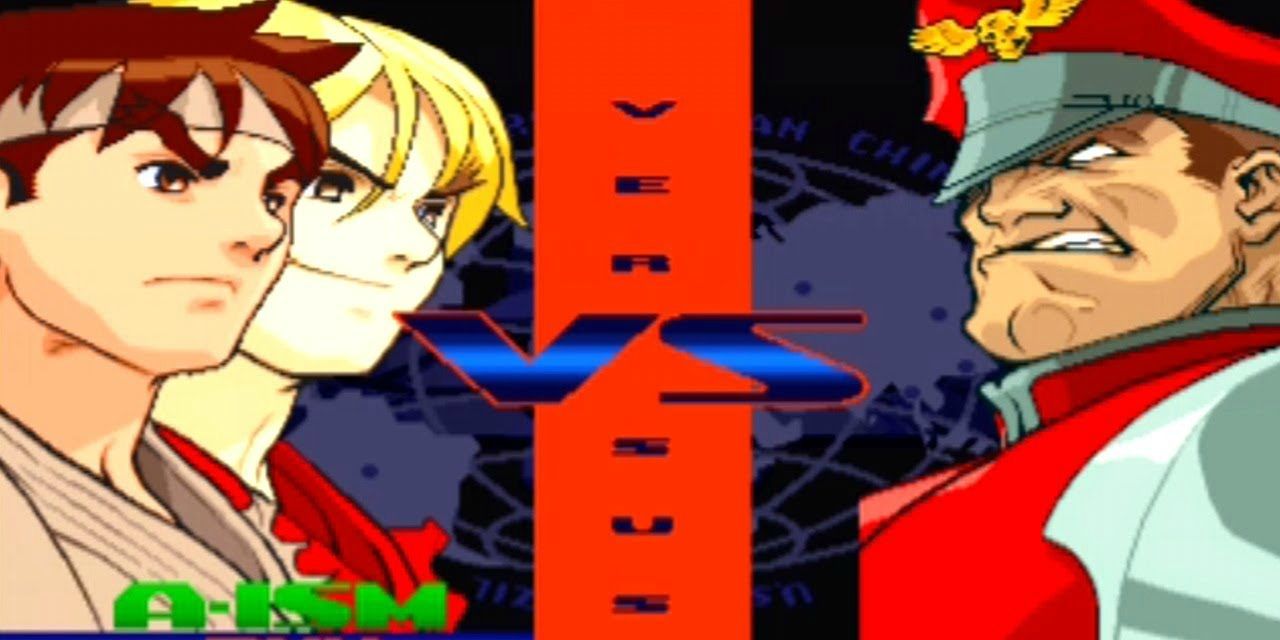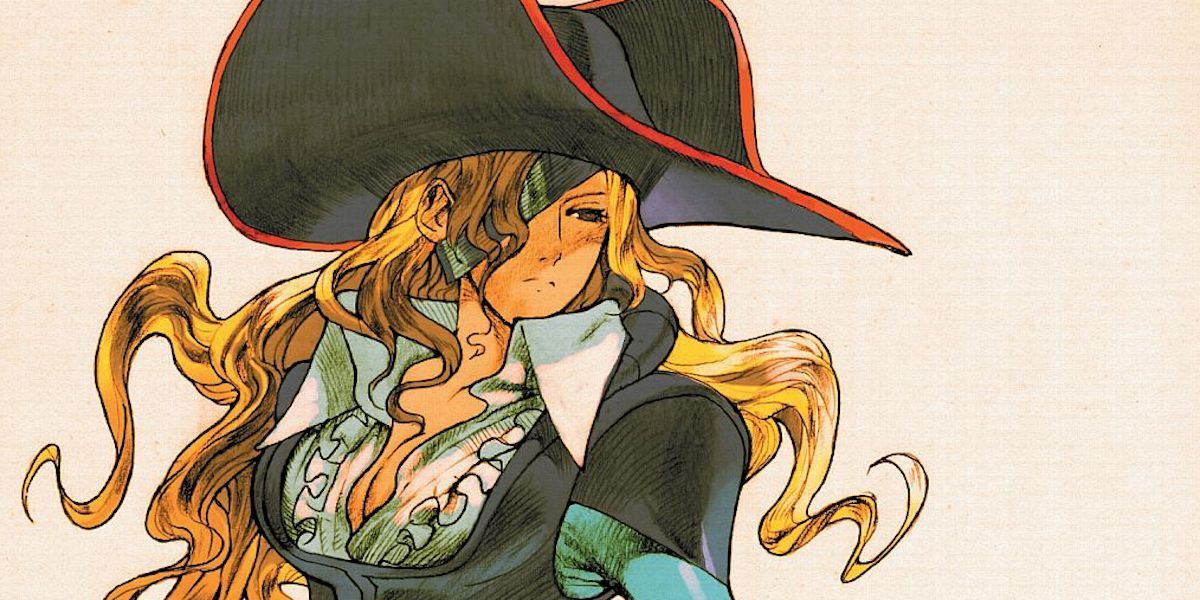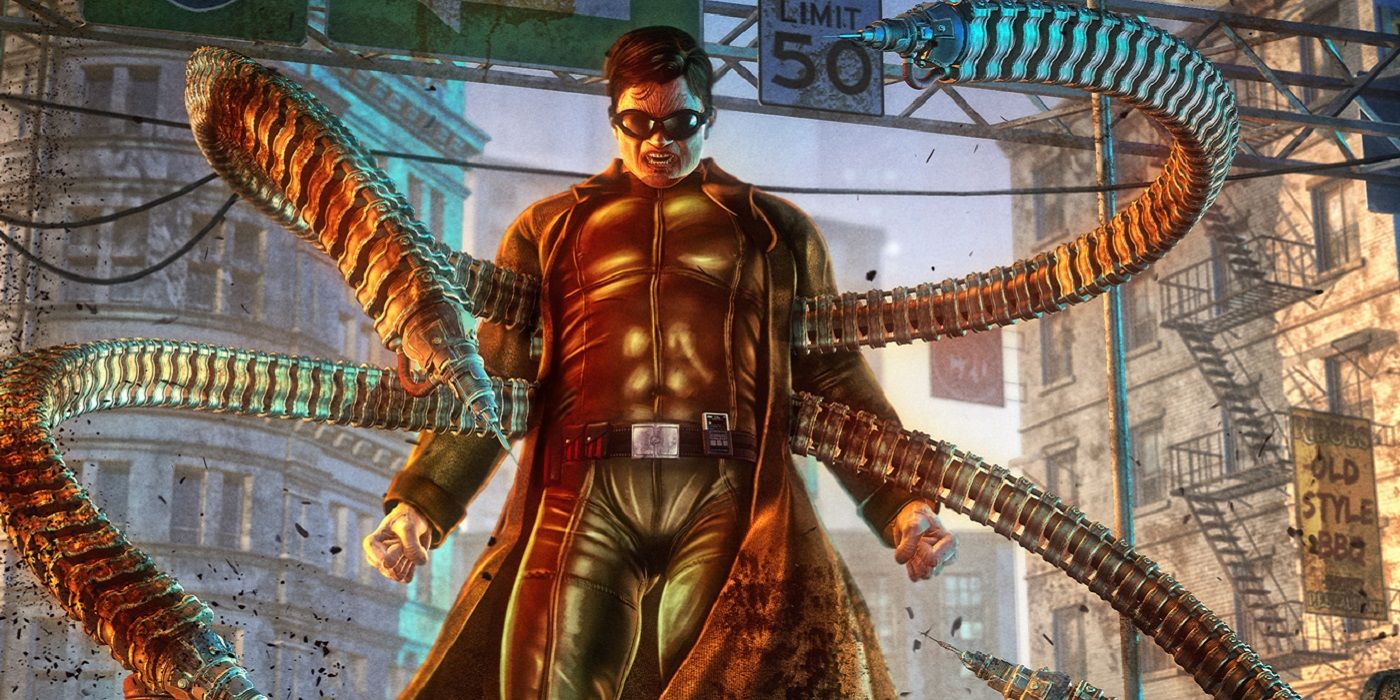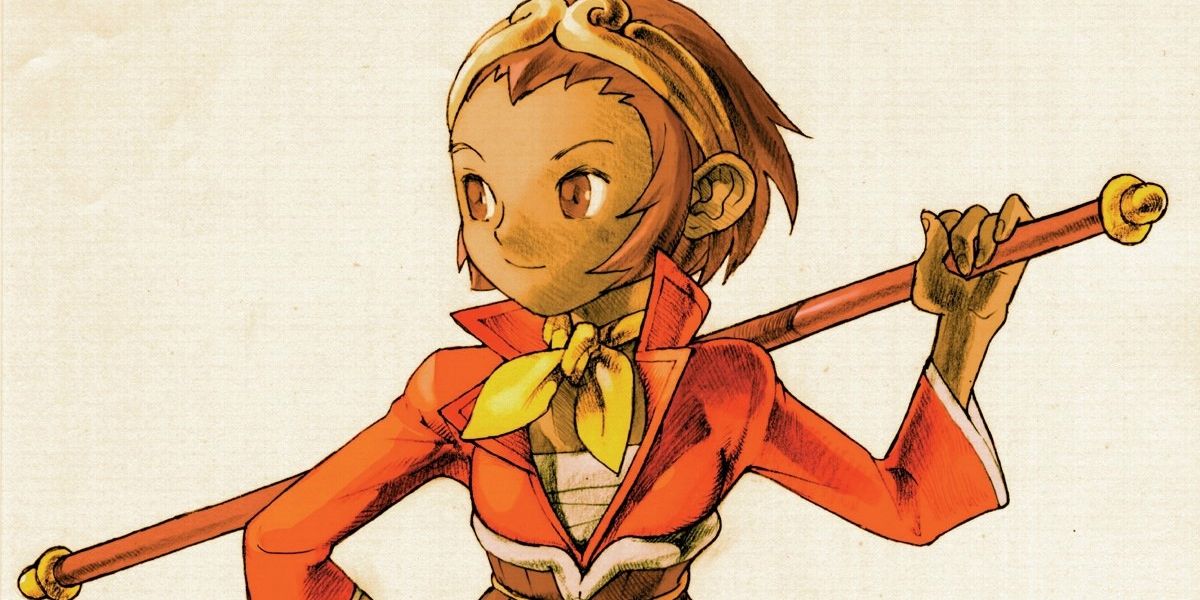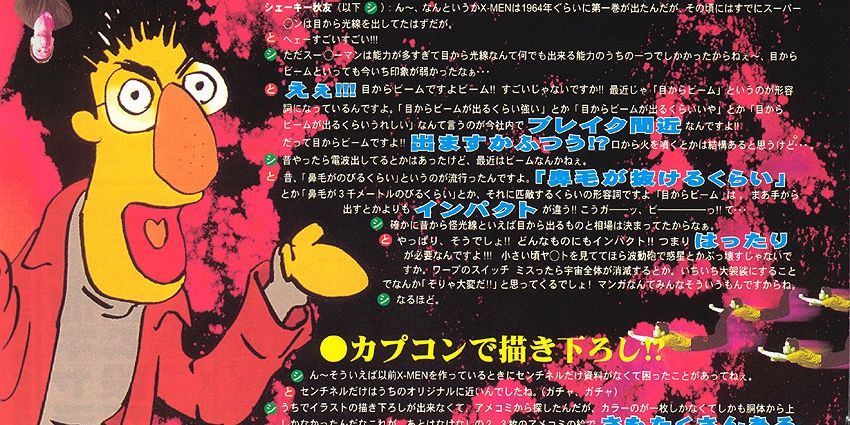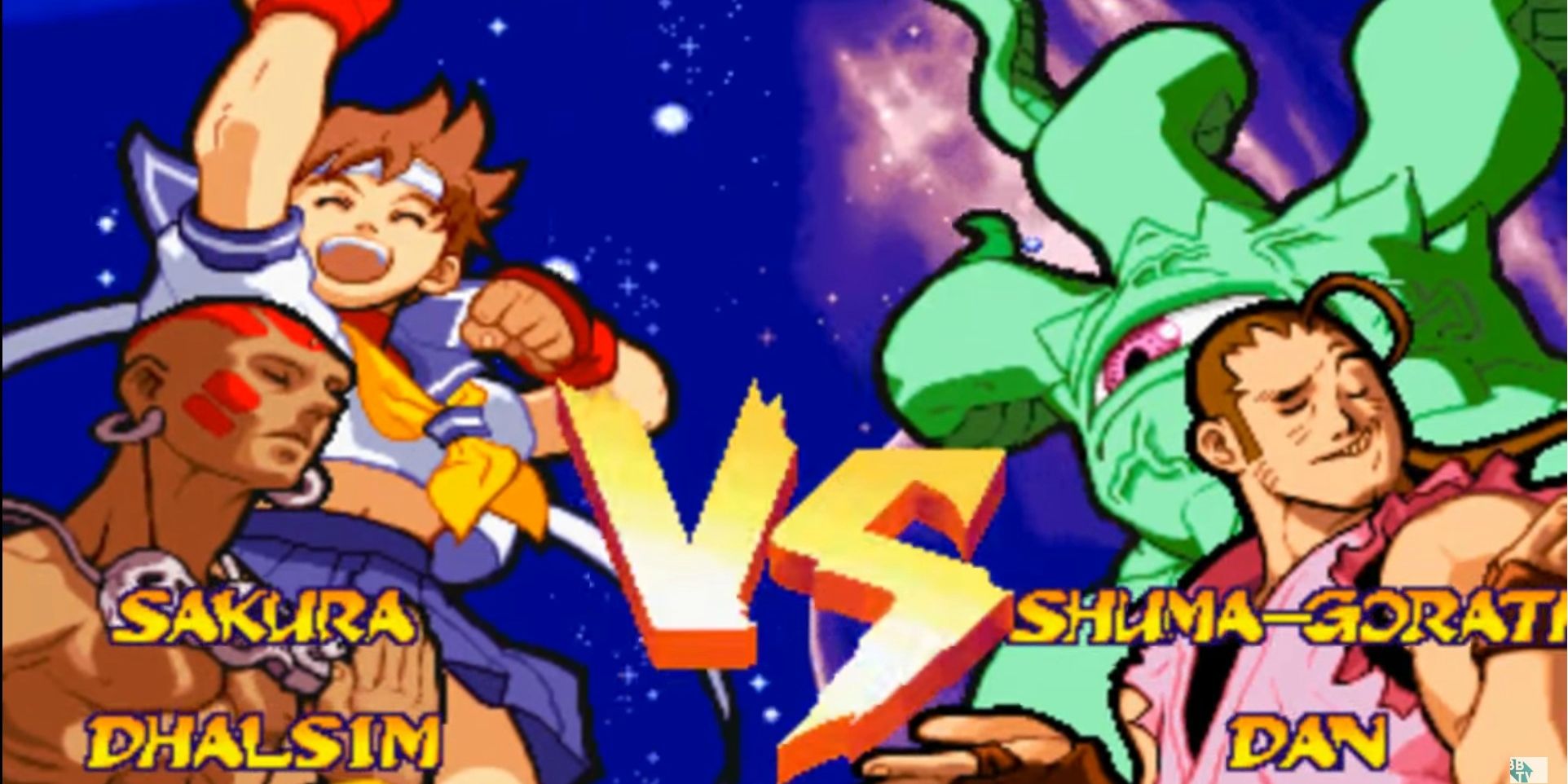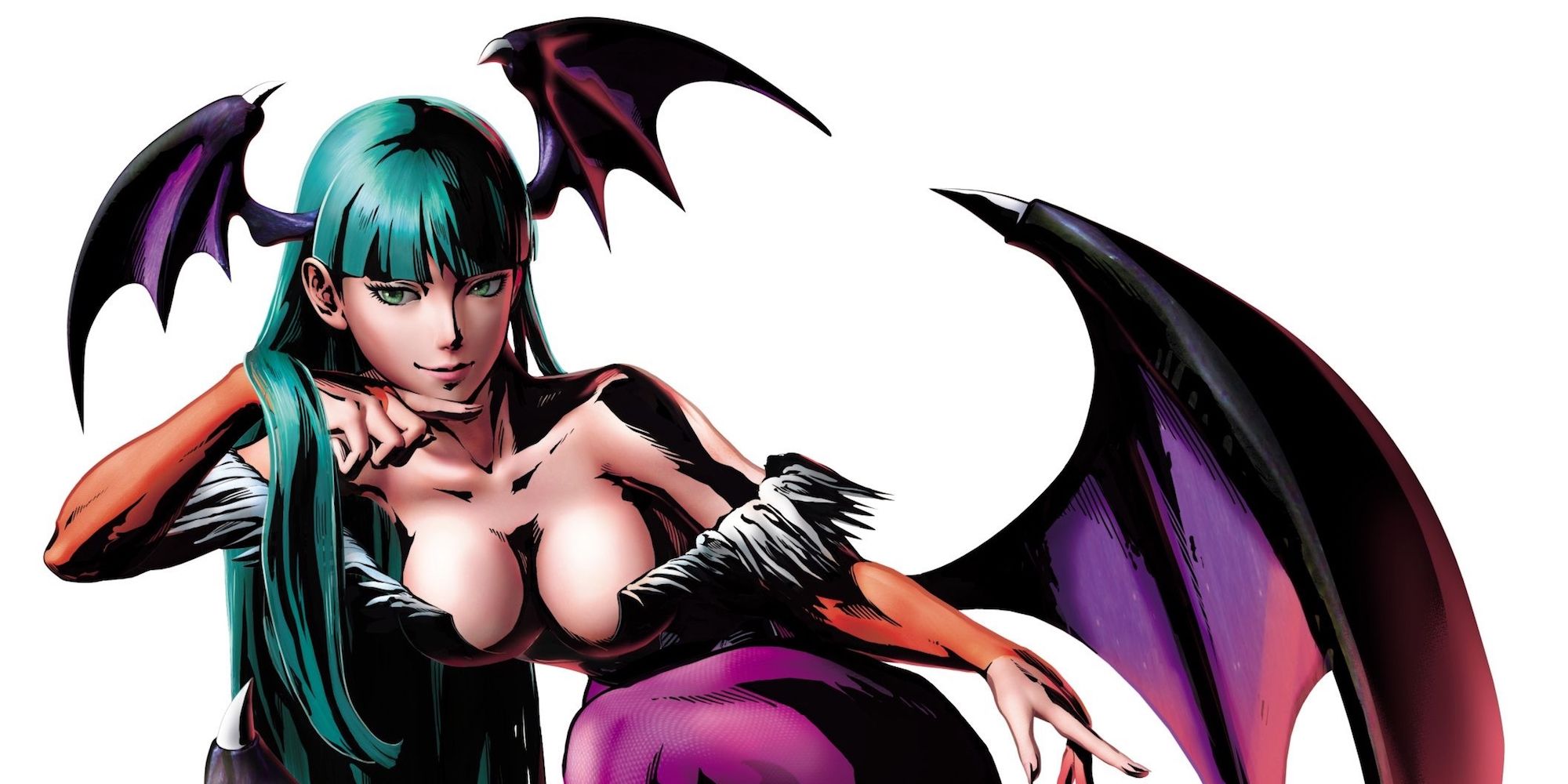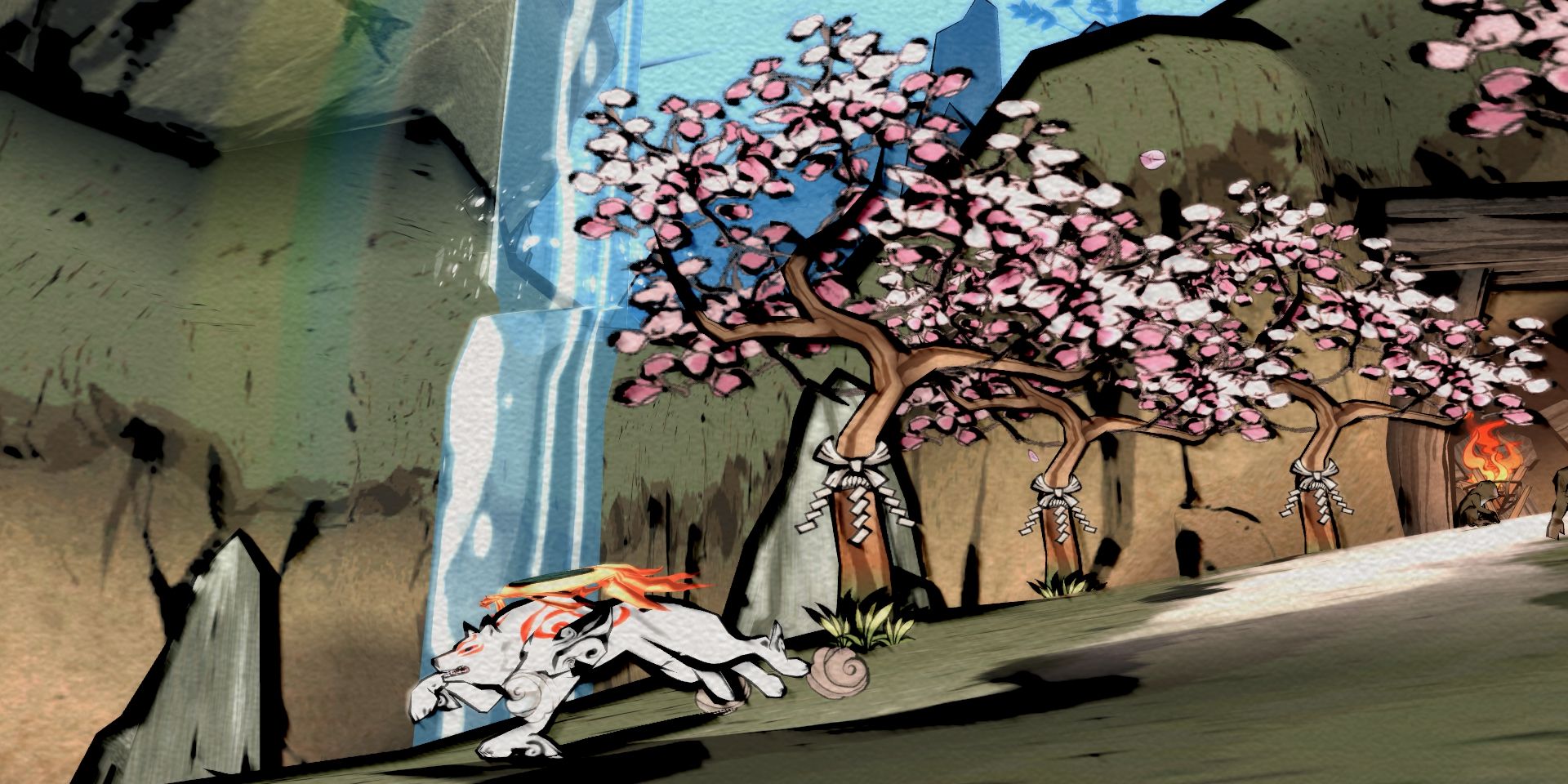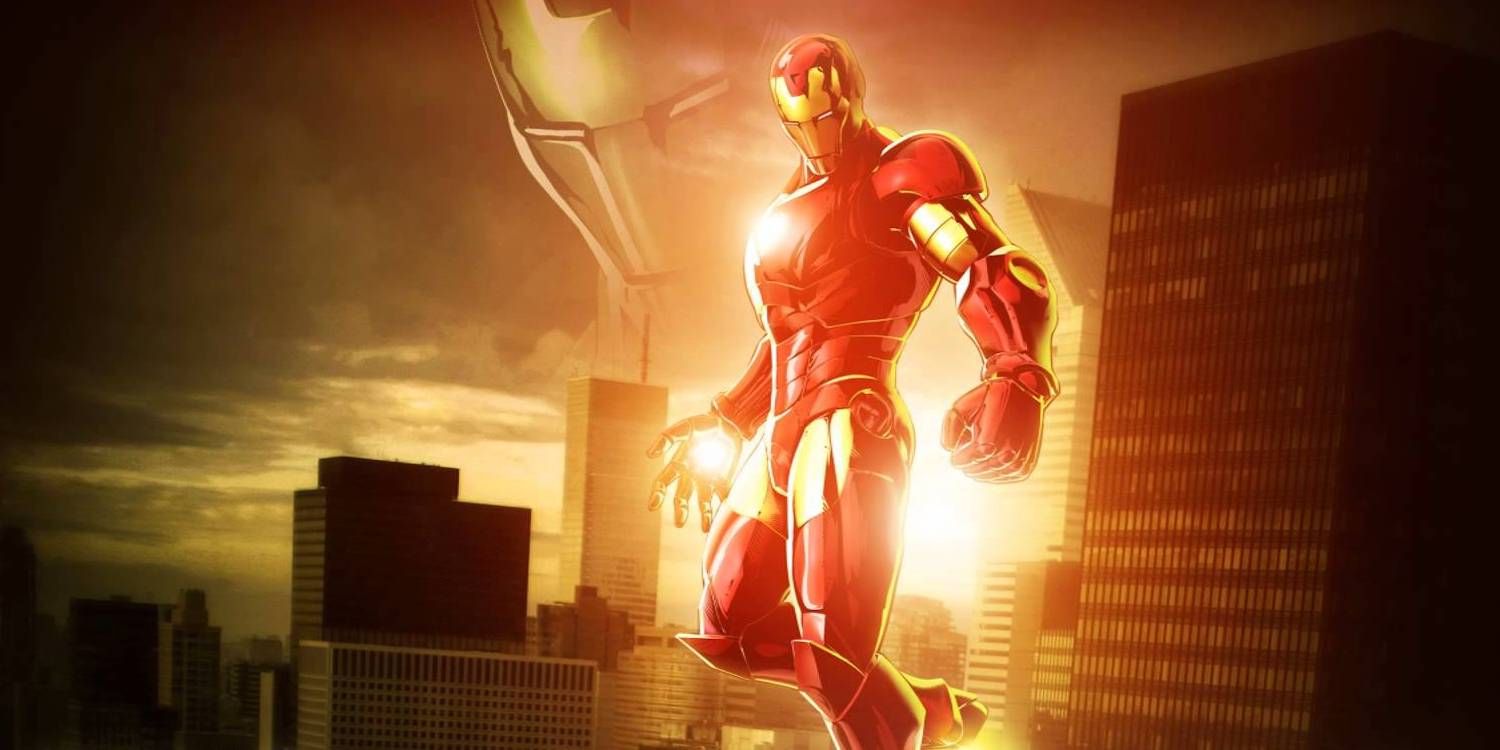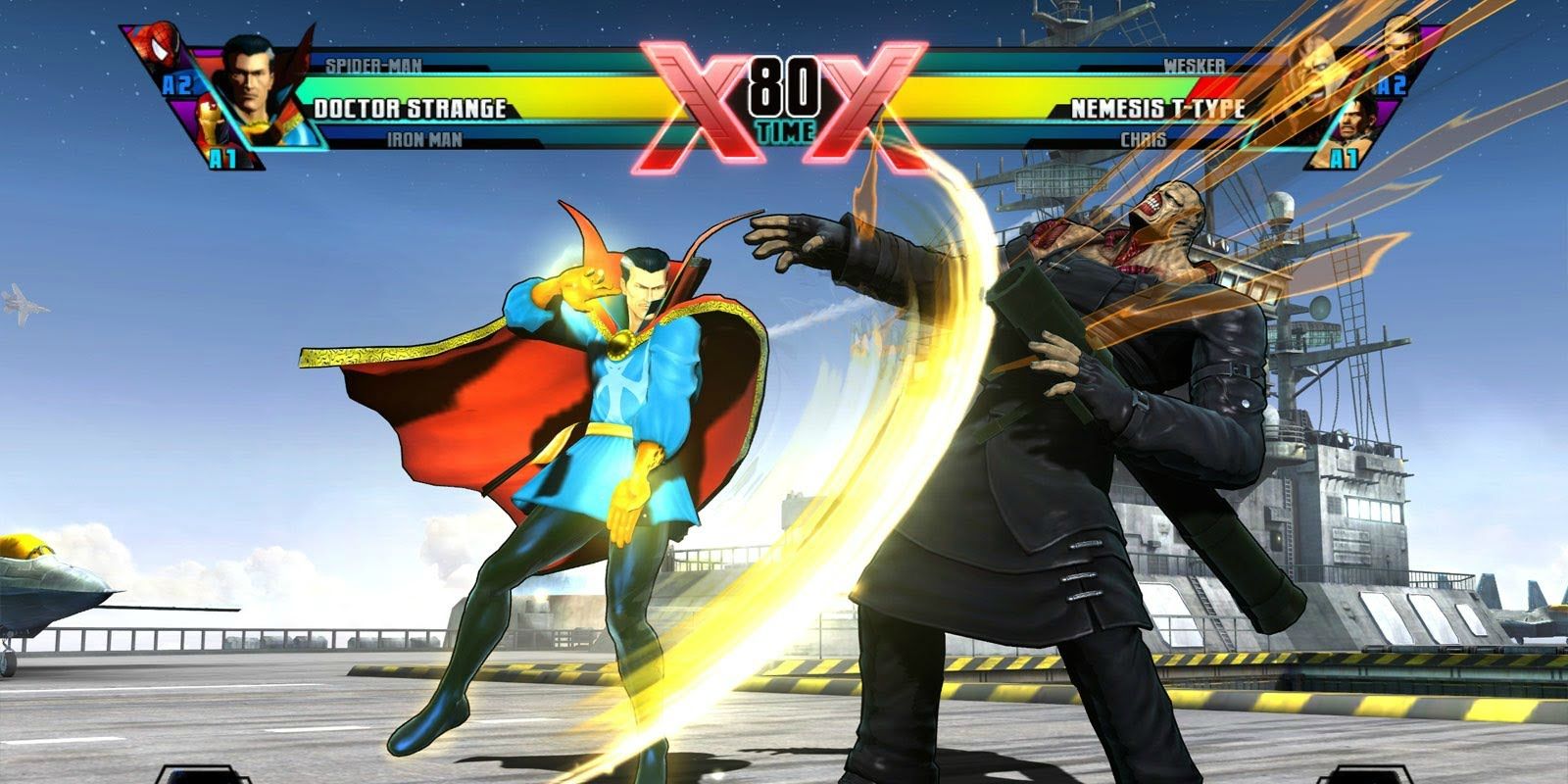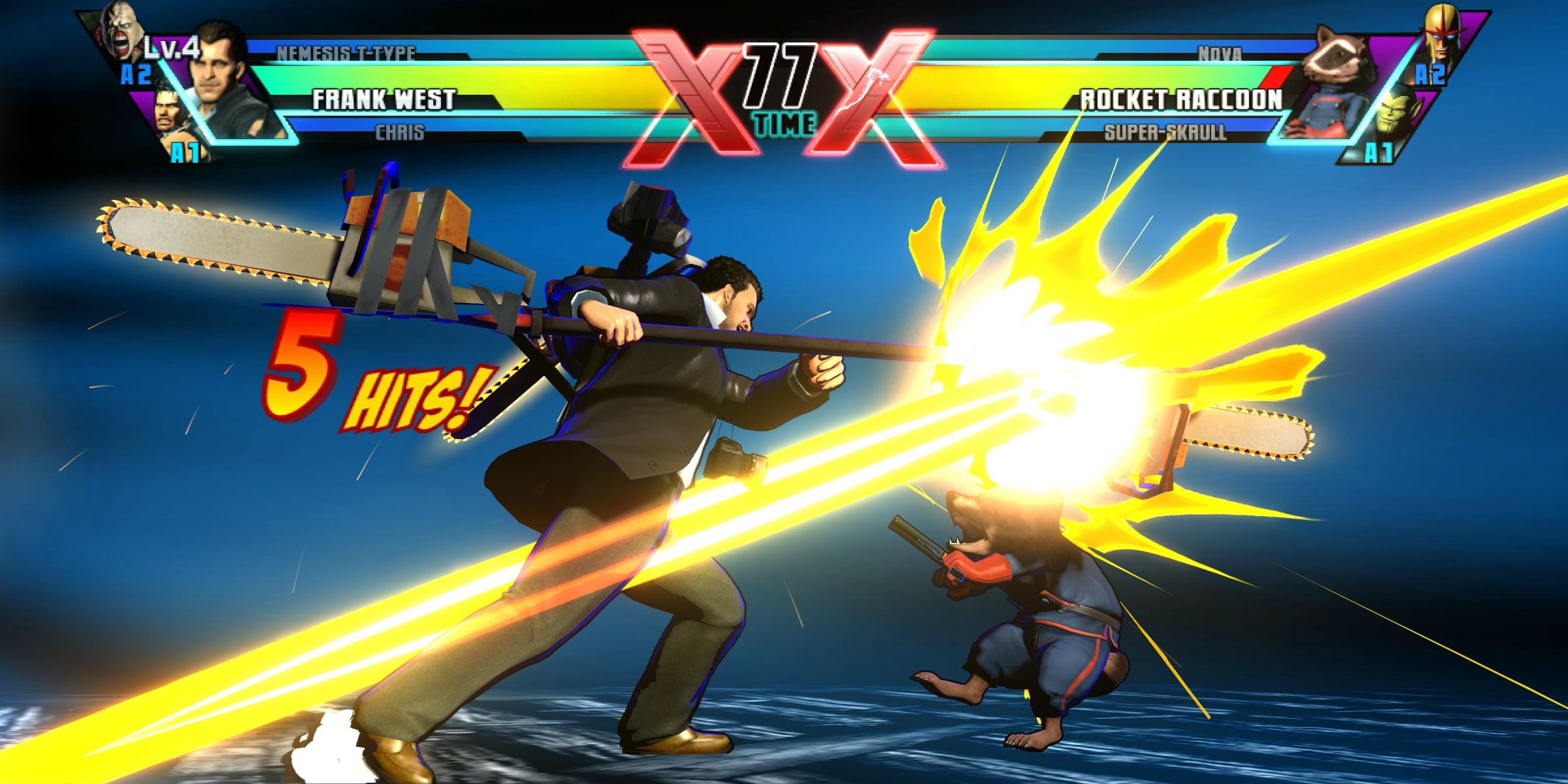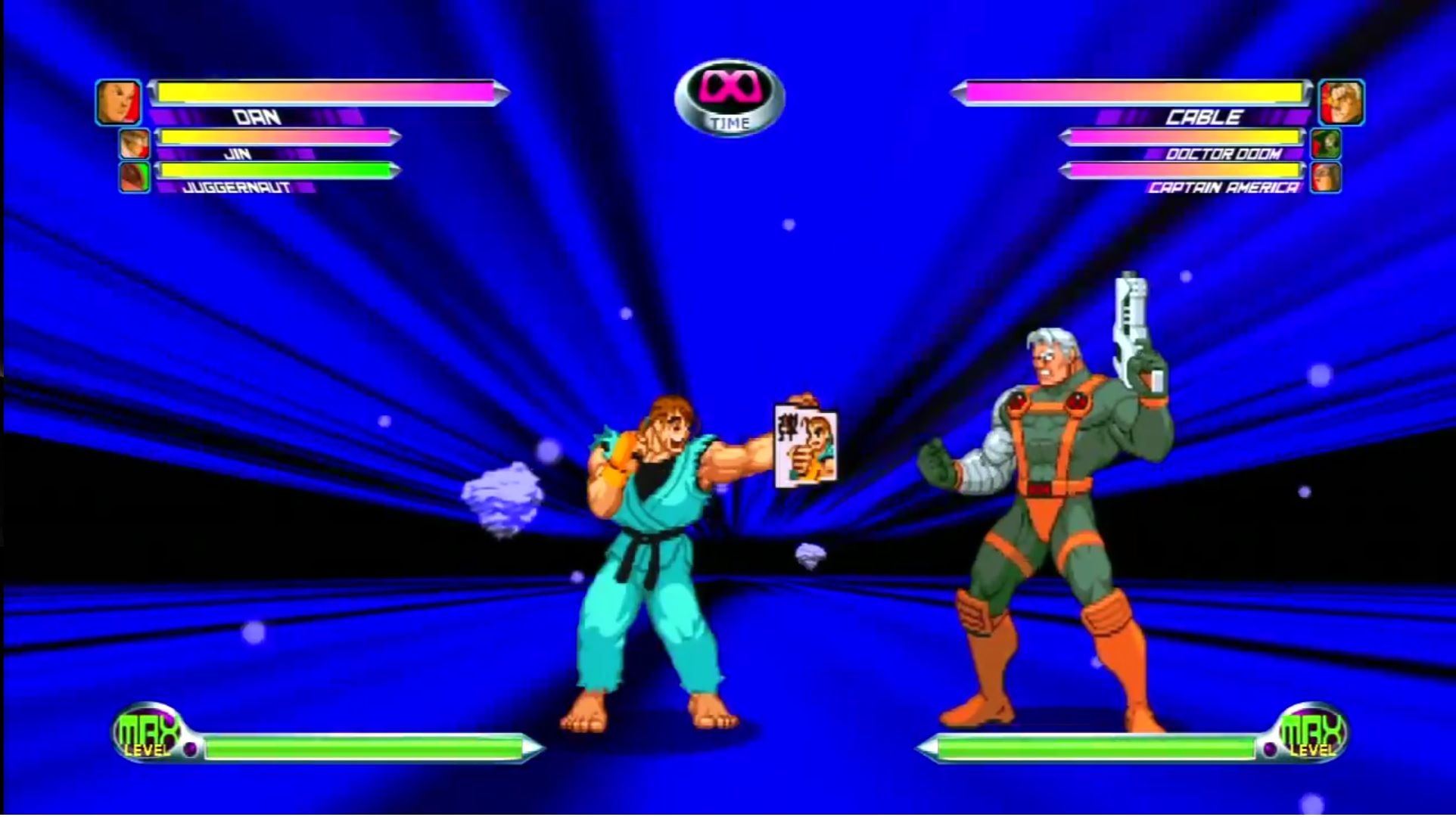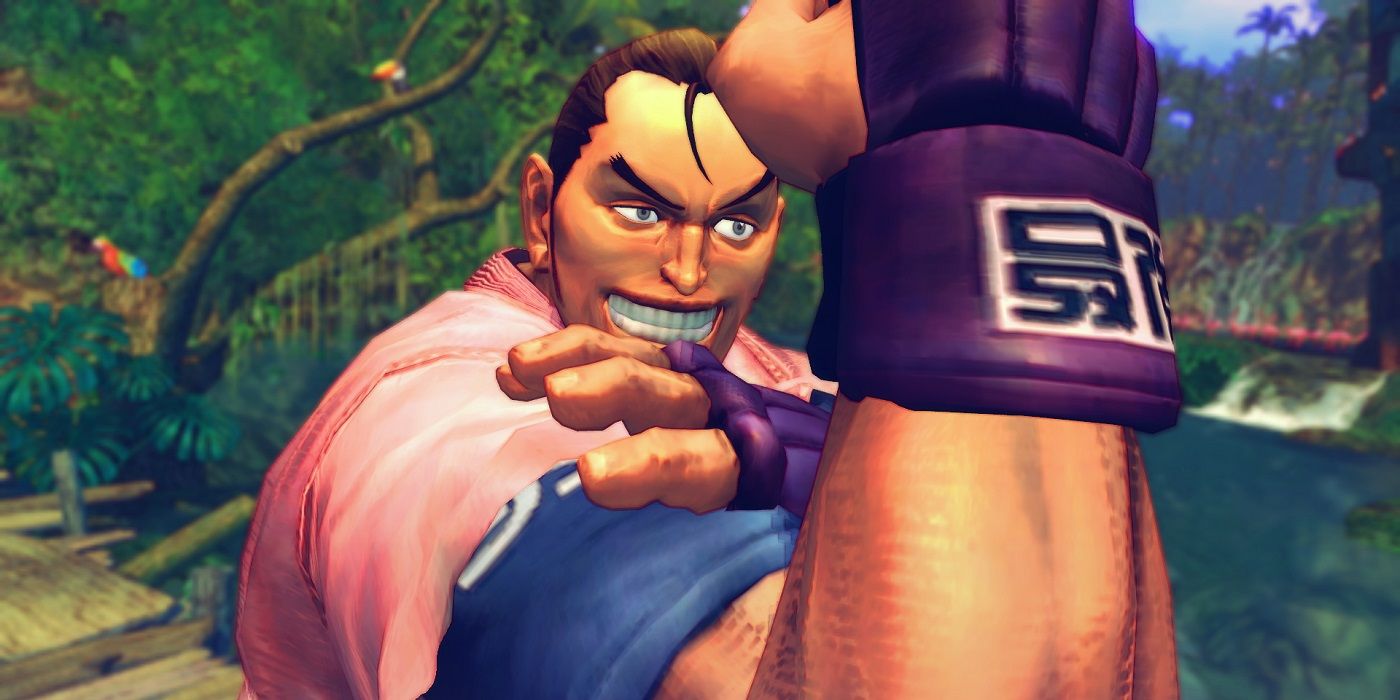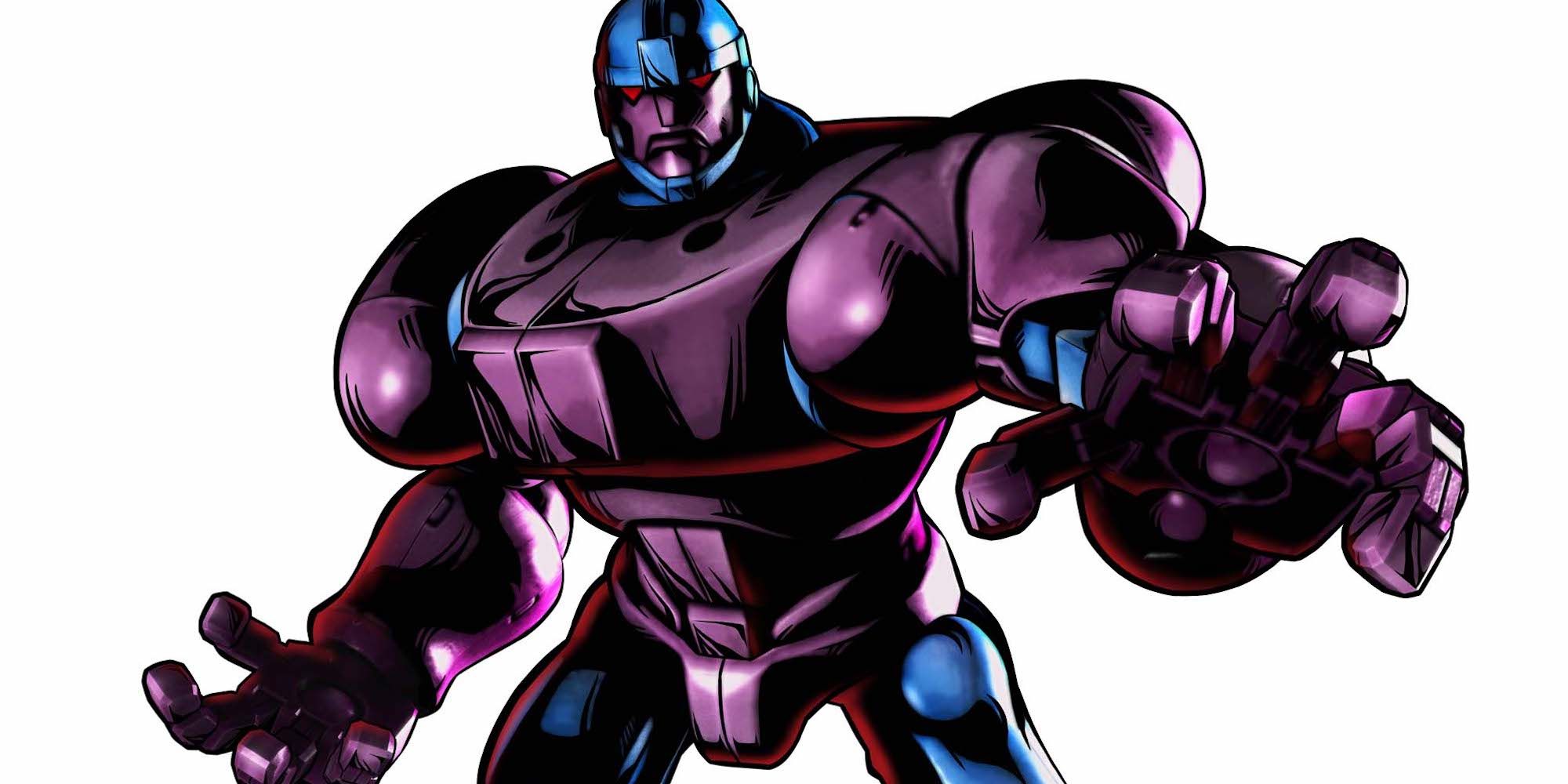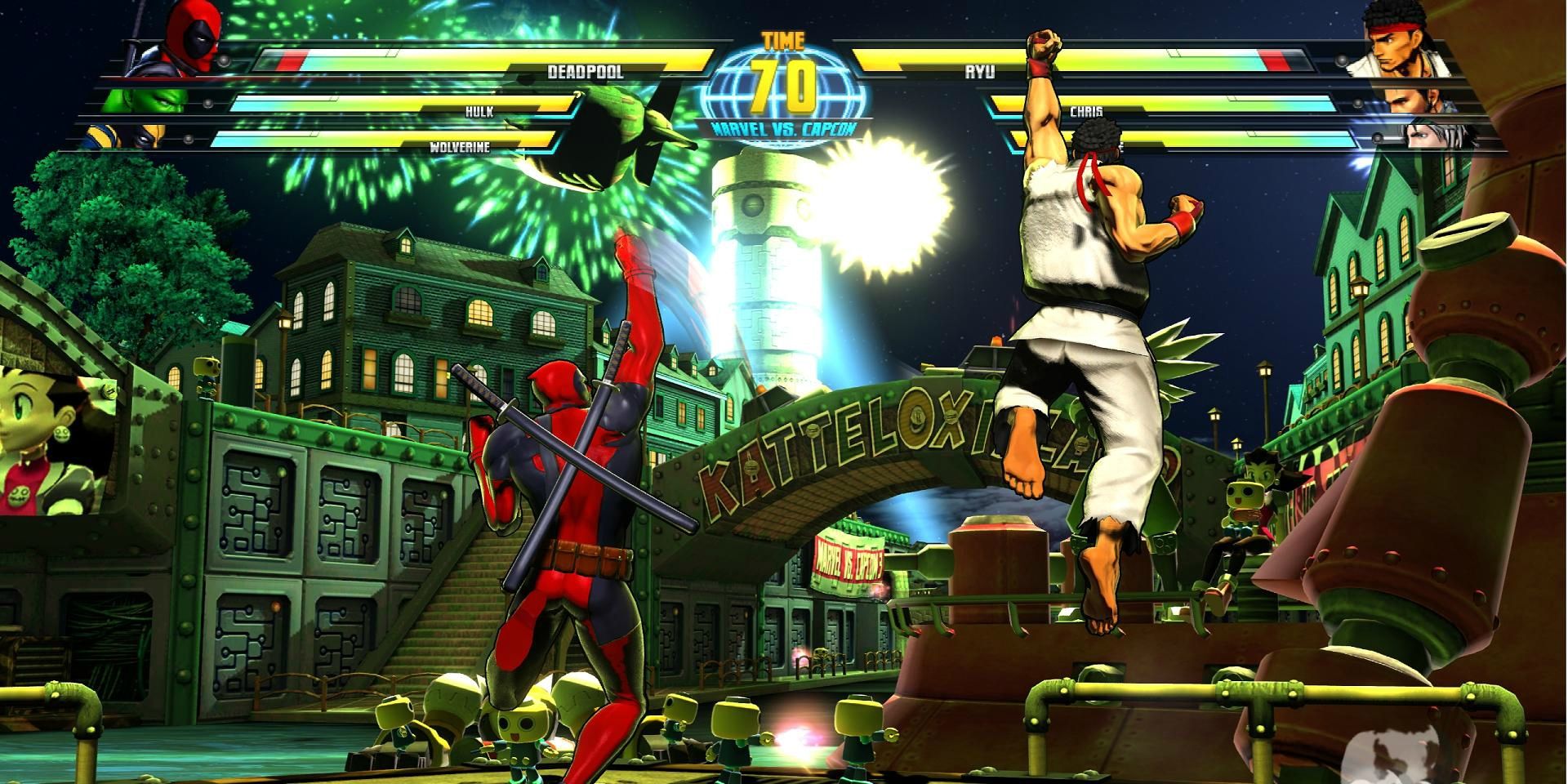If you were to walk into an arcade fifteen years ago, chances are you’d find a group of hardcore fighting game players huddled around a Marvel vs. Capcom cabinet. This classic fighter wasn’t just popular during its heyday, it defined a genre for an entire generation of gamers during its tenure on top.
From its infancy in titles like X-Men vs. Street Fighter to its dominance of the fighting game landscape with Marvel vs. Capcom 2: New Age of Heroes, the series has continued to grow with each additional entry. The love gamers have for the series, however, isn’t restricted to the tight gameplay and flashy combos of its battles. The series has truly become legendary in the gaming community for its hidden secrets and easter eggs.
With word of a new game taking the internet by storm, now’s as good a time as ever to take a look back with 15 Things You Never Knew About Marvel vs. Capcom.
15. Marvel vs. Capcom’s “Dramatic” Origins
The Marvel vs. Capcom series has gone on to become one of the most dominant players in the fighting game scene, but the whole thing actually started out as nothing more than a small easter egg. The first game in the Street Fighter Alpha series featured a special secret inspired by the Street Fighter anime, the ending of which showcased a two-on-one fight of Ryu and Ken against M. Bison.
The game sought to recreate this moment for players with its secret “Dramatic Battle” sequence, allowing a pair of players to fight the tyrannical Dictator at the same time. While this two-on-one battle seems fairly tame today, for gamers in 1995, it was a revolutionary feeling to utilize multiple fighters at the same time. Capcom instantly recognized that they had something special on their hands with the team-up concept, and would immediately begin work on a new project. This eventually became X-Men vs. Street Fighter, and the rest, as they say, is history.
14. Ruby Heart’s History
Contrary to popular belief, Marvel vs. Capcom 2 does indeed feature a plot as well as original characters. Although, like most fighting games, it isn’t exactly the most complex storyline ever written. Basically, the game’s big bad, Abyss, brought some dark energy to the universe and a certain French pirate on an airship came to stop it.
Ruby Heart was never the most popular character during Marvel vs. Capcom 2’s glory days, but she was a mysterious gal that most people didn’t know much about. In a game crammed full of fan favorite characters, the sight of someone making their video game debut made for a multitude of conversations and questioning.
According to Capcom's Seth Killian and Yoshinori Ono, Ruby Heart was actually based on a rejected Darkstalkers character design. Her legacy continues today, with the introduction of a new Ruby in Street Fighter V, another female pirate who bears a strong resemblance to the original Miss Heart.
13. Marvel vs. Capcom 3 Featuring Doctor Octopus?
The announcement of Marvel vs. Capcom 3 was a huge bomb for fighting game fans that Capcom dropped a full decade after the release of the second game in the series. This new game’s roster brought a combination of returning fan favorites and exciting new combatants to the fight, but what we saw in the final game wasn’t always mapped out from day one. Those that took a look deep into the game’s code found some surprising things, one of which being a certain Spider-Man villain with robotic arms.
When dedicated members of the fighting game community delved into the game’s code, they found traces of what appeared to be Doctor Otto Octavius, better known to comic book fans as Doctor Octopus, or Doc Ock. As far as development goes, it didn’t look like Otto got too far into the game, as no models, textures, audio, or even artwork exist in the game. Still, it would have been interesting to see what kind of damage those mechanical arms could have done in the game. Who knows, with Marvel vs. Capcom Infinite already in development, maybe we’ll see Doc Ock in the series sooner rather than later.
12. SonSon, Granddaughter of SonSon
Die-hard Capcom fans will tell you that SonSon was a popular shoot em’ up arcade game from the mid 1980s, but only real Marvel vs. Capcom fanatics will be able to tell you that the SonSon from the popular fighter isn’t the same character. The small monkey girl that fighting game aficionados know so well is actually the granddaughter of the SonSon from the original game.
While an original character for Marvel vs. Capcom 2, SonSon III bears a ton of similarities to her grandfather, as both characters were based on the mythological character of Sun Wukong, the Monkey King. Everything from her size changing bo staff to her attempts at turning her opponents into sake are references to the classic Chinese Novel starring Sun Wukong, Journey to the West (which may be best known to modern audiences as the chief inspiration behind Goku from the Dragonball franchise).
While the little monkey girl that could didn’t appear as a playable character in Marvel vs. Capcom 3, her picture can be seen in the Days of Future Past stage from the Ultimate release of the game.
11. Who is Tomchin?
When fans think back to the first Marvel vs. Capcom: Clash of Super Heroes game, they remember playing with their favorite characters. Characters like Ryu and Captain America, Mega Man and Spider-Man, and of course, Tomchin. Who is Tomchin you ask? Only the secret character in the first Marvel vs. Capcom game that you’ve never heard of!
Atsushi Tomita was a designer at Capcom who worked on key titles in the Marvel vs. Capcom series. According to the rest of the design staff, Tomita bore a strange resemblance to Sesame Street’s Bert of Bert and Ernie fame. With this in mind, the character of Tomchin was created and placed into the code for the first Marvel vs. Capcom game.
It looks like Tomchin was going to be one of the game’s assist characters, but he was ultimately removed from the final release. Still, the Tomchin character proved popular enough that it was included in the Secret File booklet that Capcom bundled with the arcade release, complete with a parody moveset for the Tomita look-a-like.
10. Marvel Super Heroes vs. Street Fighter’s Unused Characters
Tomchin isn’t the only unused character found in the code in Capcom’s Vs. series. In fact, Marvel Super Heroes vs. Street Fighter features a pair of interesting characters that didn’t quite make the final cut.
Dhalsim’s wife, Sally, can be found in the game’s code by way of a recycled character sprite from Street Fighter Alpha 2. It’s likely that Sally would have served a similar purpose in this game -- as merely a background character during Dhalsim’s fights.
A character named Karin can also be found within the game’s code. This one is particularly interesting because Karin is a fighter that would end up making her debut a year later in Street Fighter Alpha 3. Her unused sprite in Marvel Super Heroes vs. Street Fighter appeared to be a palette swap of Sakura, but it’s interesting to note that a Street Fighter character almost made their debut in a Vs. series game.
9. Dominatrix Morrigan
These sorts of games tend to be more open to including overtly sexual references, and the Marvel vs. Capcom series is no exception. When it comes to overtly sexual characters, no one on Capcom’s roster (well, just about about) loves pushing the boundaries more than the Darkstalkers series’ favorite succubus, Morrigan Aensland.
Morrigan’s familiar character sprite graced many fighting games during the 1990s and into the early 2000s, including the first pair of Marvel vs. Capcom games. Morrigan has never been shy, but it was her victory pose in the first game, Marvel vs. Capcom: Clash of Super Heroes, that truly caught the attention of regional eyes.
In the Japanese version of the game, Morrigan celebrates her victories over opponents by lowering a tied up Lilith from above before changing into a revealing, dominatrix-esque black dress and turning around and giving gamers an eyeful. Not surprisingly, Morrigan’s celebratory change of costume didn’t make it into the U.S. release of the game.
8. Marvel vs. Capcom 3’s Okami Stage
The release of Marvel vs. Capcom 3: Fate of Two Worlds in 2011 was huge for both Marvel and Capcom alike. The new game allowed the companies to delve deeper into their stable of characters and introduce some of their lesser known characters to a wider audience (something we're hoping to see more of in the next title). One of these new fighters that jumped into the fray was Amaterasu, the lead character from Capcom’s Okami games.
Based on classic Japanese history, these action-adventure games were well-received by both fans and critics for their tight gameplay and crisp visuals. It’s Okami’s visual style that is of particular interest to us here, as Marvel vs. Capcom 3 was originally intended to feature a stage based on the Okami games. This stage would have no doubt proven to be a fan favorite level for its unique aesthetic alone, but alas, the creative team dubbed it too out-there for the game.
According to the game’s designers, the drastic visual change that would have been needed to accompany the stage would have been too big of a departure from the art style of the rest of the game, and the decision was made to cut the stage from the final version. The data for the stage can still be found on the disc, but it’s a shame fans weren’t able to experience it.
7. Iron Man’s Familiar Tunes
Iron Man has quickly become one of Marvel’s most popular characters after his inclusion in the Cinematic Universe films, but his appearance in Marvel vs. Capcom 3 was just his second in the series. The game developers had tried to get him into the first few games, but weren’t allowed to by Marvel for a few reasons. In his place, Capcom used Iron Man’s best bud, War Machine.
Keen-eared gamers may recognize Iron Man’s character theme from the first Marvel vs. Capcom game. The game developers made a subtle callback to good old James Rhodes with Iron Man’s theme song in Marvel vs. Capcom 3. A quick listen to Iron Man’s theme and you’ll notice immediately that it’s simply a remixed, sped up version of War Machine’s character theme. With Iron Man already confirmed for Marvel vs. Capcom 4 Infinite, maybe War Machine will finally get to join up with his partner for another round of mayhem.
6. Marvel’s Strange Specifications
There’s no denying the fact that by the time production began on Marvel vs. Capcom 3, Marvel had become a far different company than it was when the second game was in development. With smash hit feature films being pumped out by the comic book titan like clockwork, it shouldn’t come as a surprise that they’ve also become quite particular about which characters are promoted and how those characters are portrayed.
According to Capcom, the team at Marvel was particularly specific with the expansion game, Ultimate Marvel vs. Capcom 3. They insisted that Doctor Strange be included in the game, and wouldn’t yield until Capcom agreed to include the Sorcerer Supreme. Beyond Stephen Strange’s inclusion in the game, everything from his dialogue, special attacks, and even his hand movements were laid out to the last detail by Marvel.
With Marvel now owned by Disney, it shouldn’t come as a surprise that they’re growing increasingly protective of their characters, or that they're looking to promote characters with big screen potential.
5. You're Lagging, Frank West
Frank West, the popular protagonist of the zombie-themed Dead Rising games, was a new character added in Ultimate Marvel vs. Capcom 3, but did you know that he was originally slated to join the fight the first time around?
Frank's appearance had been hinted at in promotional images for the game, where he was seen piloting a helicopter with Chun-Li into a S.H.I.E.L.D. helicarrier. It would have made complete sense too, as Frank had already made an appearance in Tatsunoko vs. Capcom, the game that essentially laid out the new direction of the Marvel vs. Capcom series. Apparently, the experienced zombie fighter got as far as being programmed into the initial launch of the game, and he can still be found on the game’s code.
Frank didn’t quite make the cut, but it wasn’t because the developers didn’t want him in the game. For unknown reasons, Frank’s presence in the game caused bizarre lag issues during matches in which the character appeared. Whatever the issue was, Frank’s fans were certainly glad they were able to sort it out for the Ultimate release of the game.
4. Dan’s Hyper Taunt
Oh Dan, you loveable buffoon. Everyone’s gotta have some comic relief sometime, and no fighting game character exemplifies this more than Street Fighter’s Dan Hibiki. When the creative staff behind Marvel vs. Capcom 2 were throwing together their roster, they elected to feature a huge collection of fighters. With everything but the kitchen sink being thrown in, Dan made the final cut.
While it’s true that Dan is one of the lower tier characters in the game as far as competitive play goes, Dan can do something no other character can. Dan’s in-game taunts can actually fill the player’s hyper meter. That’s right, Dan’s taunting actually allows you to perform more powerful moves. From a tactical standpoint, it’s completely ridiculous, but if you’ve picked Dan as your fighter, you had to know that going in.
Curiously enough, while Dan didn’t make it into the third game, a certain Norse god is able to perform a similar taunting technique until they have a full hyper meter. Maybe Thor is one of Dan’s fans?
3. Dan’s Special “Hyper Combo Finish”
You know Dan is too good for just a single entry, so here he is, back for more. Now, we already know that Dan’s taunting is incredible, but his special attacks may be just as impressive.
One of Dan’s most well-known moves is his Premium Signature “attack.” The word attack is in quotes because it’s more of a taunt than anything, as Dan signs an autograph and throws it towards his opponent. Still, if the player is hit by the picture, they take damage, so it counts.
With its combination of low damage and a horrendous startup time, Dan’s Premium Signature is generally considered a joke move more than anything, but for those skilled (or lucky) enough to end a match with this move, they’re treated to a special sight. The screen will flash as if your fallen foe was just hit by some sort of Hyper Combo, but alas, it was something much better: Dan’s Premium Signature attack.
2. Sentinel’s Serial Number
When it comes to recognizable characters of the Marvel vs. Capcom series, Sentinel definitely comes to mind. This mutant-hunting robot dominated the scene during the Marvel vs. Capcom 2 era, and would continue that dominance into the third game. It isn’t Sentinel’s god-tier stats, however, that concern us here; just his serial number -- COTA-94.
The Sentinel seen in Capcom’s fighting games is hardly the only one in existence. In fact, a quick check to the game’s official website will show that the Sentinel seen in the game’s has a “real name”, or more accurately, a serial number, that reads, COTA-94. What’s the significance of COTA-94, you ask? Capcom’s first fighting game featuring Marvel characters, X-Men: Children of the Atom, released in, you guessed it, 1994. Perhaps the reason this Sentinel is such a skilled fighter is due to its experience.
Capcom has never hesitated to tip the cap to its own history and the fans that know it by heart, and this little easter egg is another fun example of that.
1. Deadpool’s First Shoryuken
Deadpool’s appearance in Marvel vs. Capcom 3: Fate of Two Worlds came as little surprise to anyone familiar with the character. If you’re looking for a fun character to add to your fighting game roster, it’s hard to beat the Merc with a Mouth. The real reason the character had to be in the game, however, is because he basically predicted he was going to be years earlier.
In issue #27 of Deadpool’s comic book series, he bumps into Wolverine and Kitty Pryde of the X-Men. After a little bit of small talk, Deadpool turns to Kitty and asks her if she’s ever played Street Fighter. Kitty starts to respond, but before she can finish, Deadpool hits her with a big “Shoryuken!”
After hitting one of the Street Fighter series’ signature moves in his comic book, the team at Capcom had to put the Merc with a Mouth in this game, right? With the fourth official entry in the series just around the corner, fans can only hope we’ll see Deadpool back for more action in the very near future.
---
What other fun facts should fans know about this famed fighting series? Sound off in the comments.

